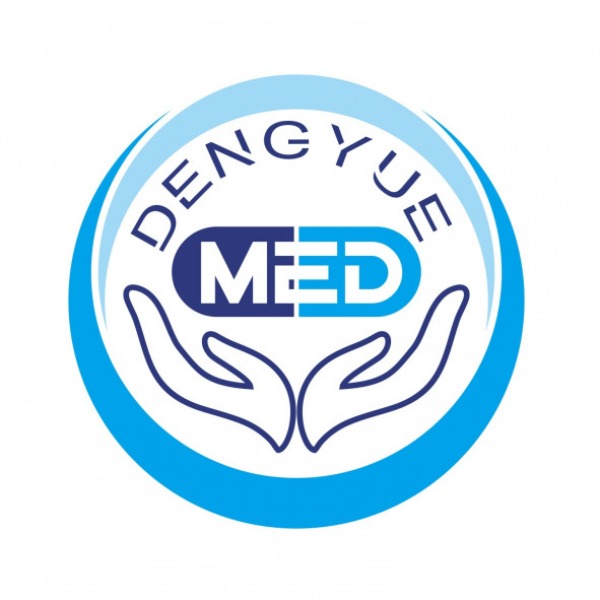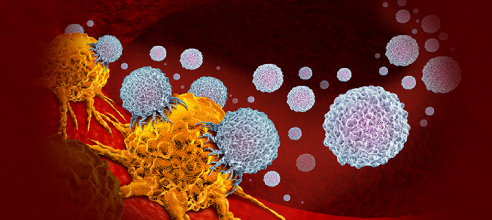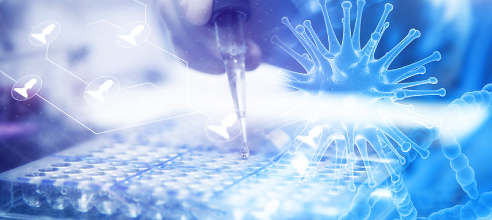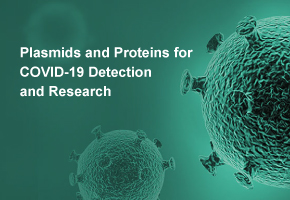Nanotechnology
Nanotechnology is the understanding and control of matter at the nanoscale. Nanomaterials have a range of biomedical applications, such as tissue engineering, drug delivery, and biosensors.
By Dengyuemed International Business Department For decades, global oncology treatments have relied primarily on traditional modalities such as small-molecule inhibitors, antibody therapies, and cell therapies. However, challenges such as drug resistance, undruggable targets, and ...Learn More
- Like
- Reply
-
Share
What Are Short-Chain Fatty Acids (SCFAs)? Short-chain fatty acids (SCFAs) are the main metabolites produced by intestinal microorganisms fermenting dietary fiber, which mainly include acetic acid, propionic acid and butyric acid. They have important roles in maintaining intestinal ...Learn More
By: DengYue International Business DivisionTen years ago, China was known primarily as a supplier of APIs and low-cost generic medicines to the world. Today, if someone tells you that China is developing, manufacturing, and exporting world-class oncology drugs, biologics, ...Learn More
By DengYueMed International Business DivisionToday, DengYueMed shares key commercial insights into China’s EGFR small-molecule targeted therapy market with international buyers and distribution partners. Drawing on the latest publicly available data, we analyzed the sales trends ...Learn More
IntroductionMembrane proteins are essential for cellular processes like signaling, transport, and energy conversion. However, their hydrophobic nature and interactions with lipid bilayers make them difficult to study. Traditional methods, such as detergent solubilization, often ...Learn More
About Us · User Accounts and Benefits · Privacy Policy · Management Center · FAQs
© 2025 MolecularCloud









